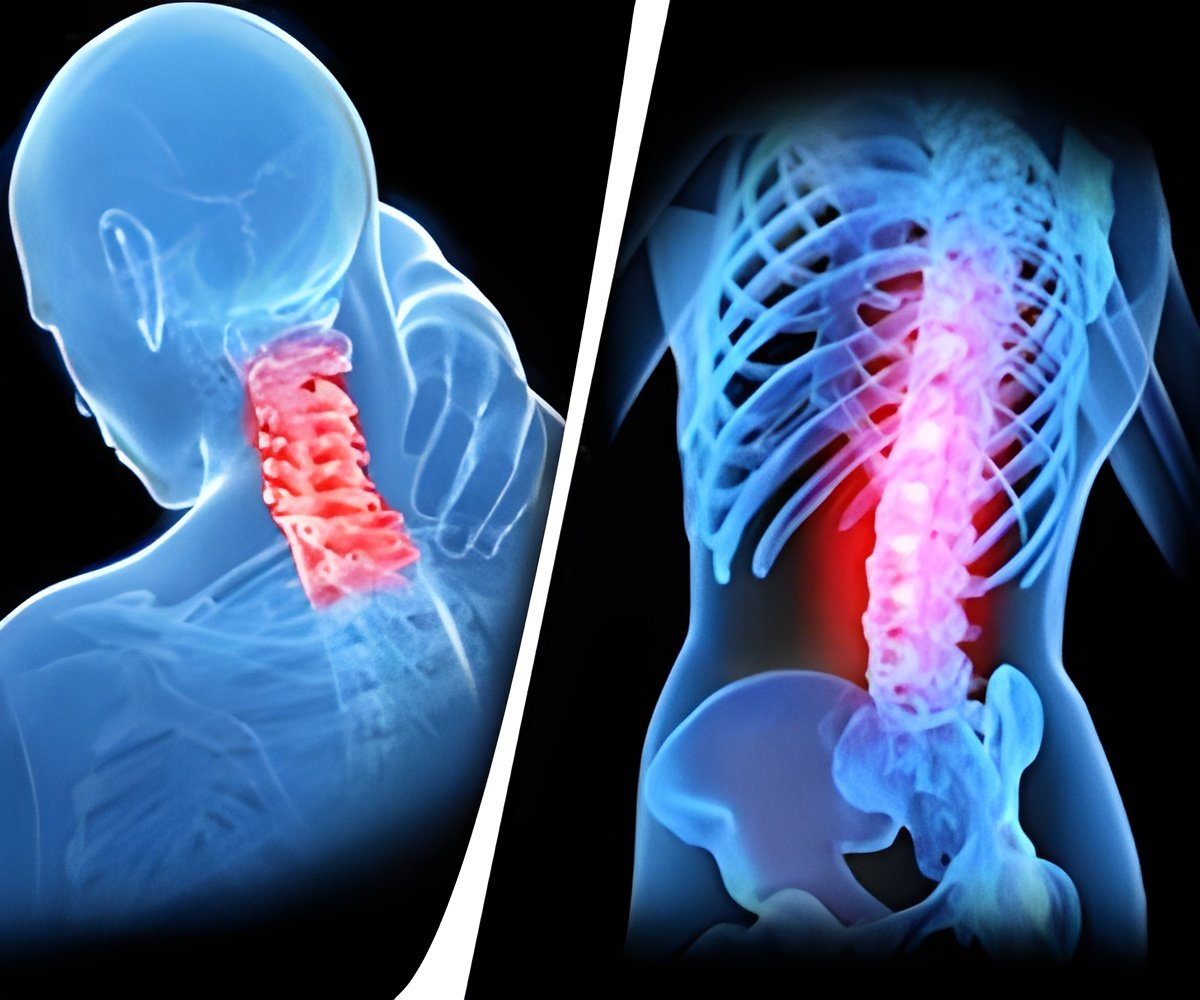,” says the study’s first author, Dr. Christine Frithioff-Bøjsøe, of the Children’s Obesity Clinic, European Centre for Obesity Management, Copenhagen University Hospital Holbaek, Holbaek, Denmark.
“Overweight in early childhood often tracks into adolescence and adulthood and is associated with a higher risk of heart disease, liver disease, type 2 diabetes, and other metabolic conditions in later life. As a result, the early identification and treatment of overweight provide a crucial opportunity to improve a child’s health for years to come.”
The study which was led by Dr. Frithioff-Bøjsøe, Prof Jens-Christian Holm, and colleagues at the Children’s Obesity Clinic, set out to discover if it is practical to use existing contacts in the primary healthcare sector to detect overweight from an early age.
Dental assistants and public health nurses were trained in measuring weight and height and carried out BMI assessments during routine appointments in dental clinics and in health visits in schools.
The dental assistants recruited 335 preschool children (ages 2.5 and 5 years old) for the study. A further 657 school-age children (6-8 years old) were recruited by public health nurses, taking the total number of participants to 992 (494 boys).
All the children had their BMI assessed at the start of the study. A sub-group of 392 children had their blood pressure measured and gave a blood sample, which was tested for a range of cardiometabolic risk markers.
The BMI assessments and other tests were repeated approximately a year later.
At the start of the study, the proportion of children overweight was 13.7% in both groups (pre-school children and schoolchildren).
Differences in cardiometabolic risk markers between children with and without overweight were minor in the pre-schoolers.
In the schoolchildren, however, there were clear differences in the blood test results between those with overweight and those in the normal weight range.
Schoolchildren with overweight had significantly higher levels of fasting glucose, insulin, triglycerides, and alanine aminotransferase, which can indicate a higher risk of type 2 diabetes, cardiovascular disease, and liver disease
.
Levels of overweight hadn’t changed in the pre-school children when they were measured again around a year later but had risen to 17% in the schoolchildren.
The study’s authors say that their research shows that it is practical to use existing health services, including dental clinics, to evaluate the degree of overweight in a general pediatric population.
Dr. Frithioff-Bøjsøe adds: “We also overcame barriers identified in other studies which include concerns about a lack of adequate training, offending patients and caregivers, and stigmatization of the child.”
The researchers say that even though the risk marker levels measured in the study were still in the normal range, the increases are still a concern, particularly at such a young age.
Dr. Frithioff-Bojsoe explains: “By the age of 11, 15-20% will exhibit overweight and a large group will subsequently exhibit high blood cholesterol levels, fatty liver disease or prediabetes, as well as a severely affected quality of life. So, detecting these changes early would be a major advance in preventing the development of disease.”
The authors conclude: “We found rises in risk markers for heart and liver disease and diabetes in schoolchildren with overweight. These changes were not detectable just a few years earlier in pre-schoolers with overweight and suggest that pre-school – as early as 2.5 years of age – could provide a critical window to detect and manage overweight.
“This would, in turn, allow weight-loss interventions to start early, and reduce the risk of a child with overweight becoming an adult, or even an adolescent, with overweight and other conditions such as type 2 diabetes.”
Source: Medindia



